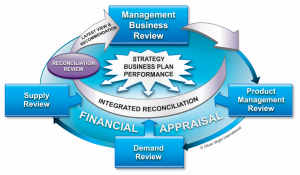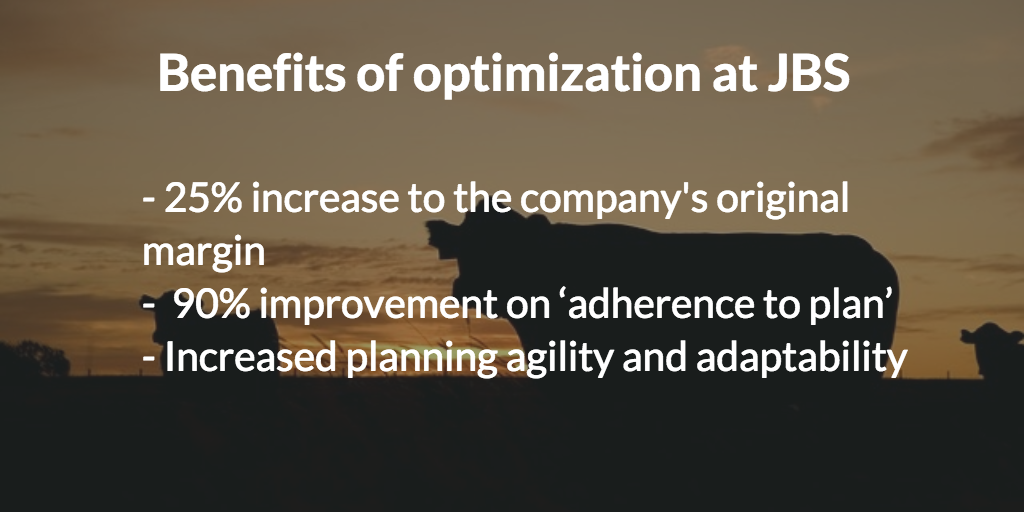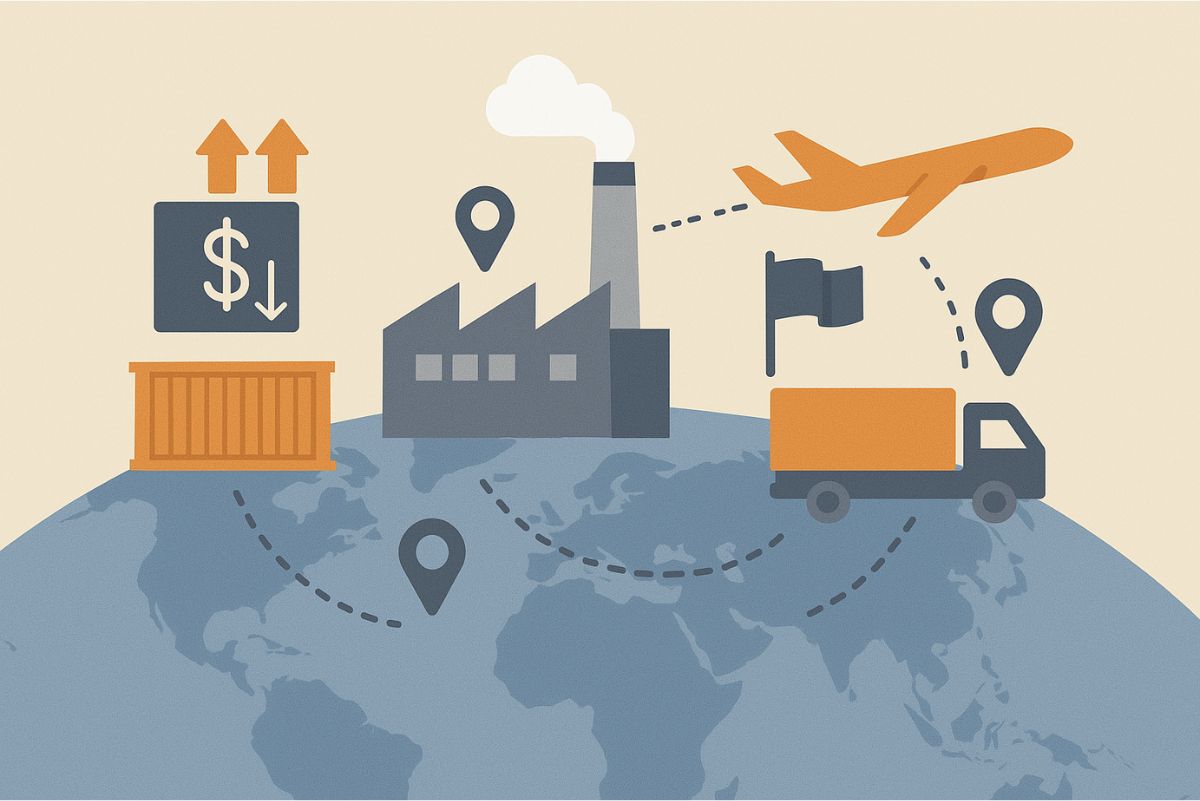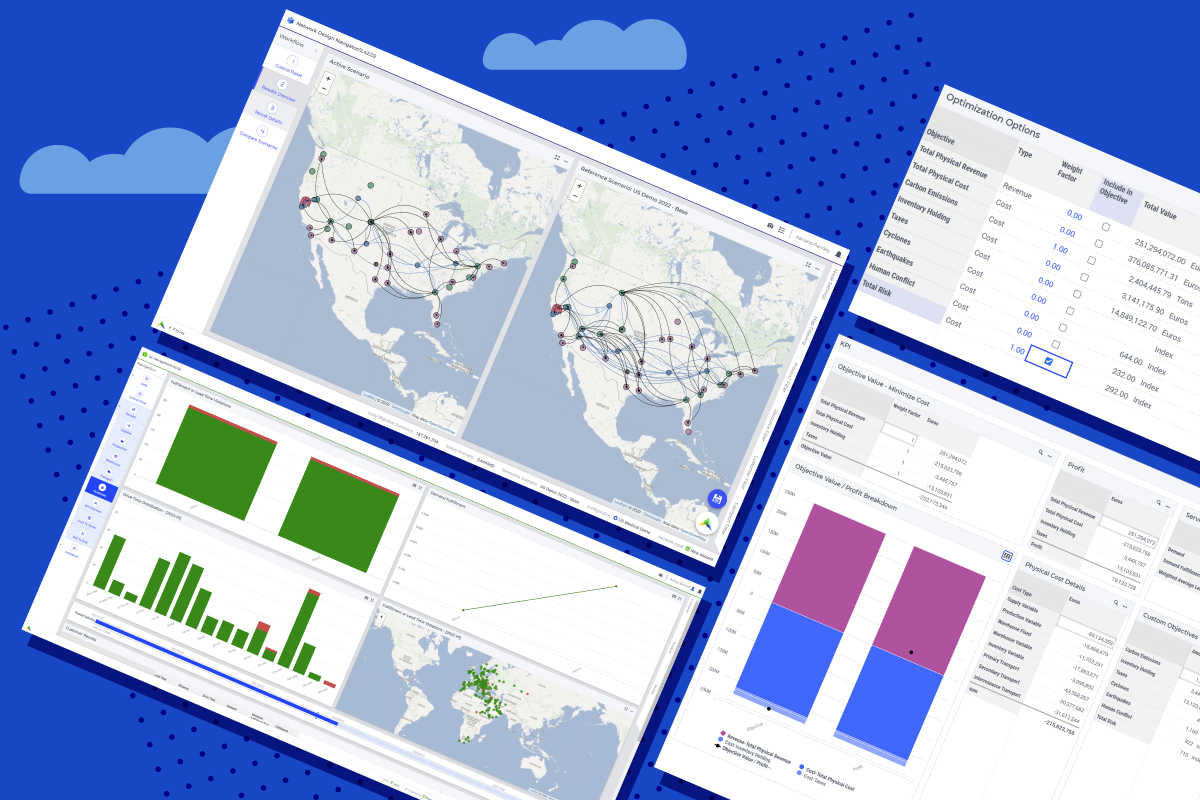How to Support IBP With Modeling and Optimization

Optimization is a form of advanced analytics that helps you solve complex decision problems, enabling you to make the best use of your business’ limited resources. When applied to S&OP and IBP, modeling and optimization enable you to balance out scenarios and perform what-if analyses so you can analyze how these different scenarios will affect your inventory and/or cost. You can gradually enrich your planning process with financial figures, add basic analytics to it, and build your organization with scenario optimization embedded in the core business planning process.
In an advanced form, such an approach can also generate the best-case scenario for your business. You can evaluate your complete product portfolio, optimize cost, inventory, profit, or revenue growth, and ensure a smooth transition from your IBP planning horizon to your short-term supply chain and demand plan.
You can do all of this and more with optimization technology. But how does it work in practice?
JBS: A case for integrating optimization in S&OP and IBP
 JBS offers a great example of how you can support your IBP and S&OP process with optimization. The company is a global leader in meat processing with an annual revenue of $27 billion and over 50 processing plants in Brazil alone. Having a master production schedule that was supported by multiple spreadsheets, JBS’ operations department faced considerable challenges in their planning process. The company needed a solution that would allow them to explore the best ways to meet demand and allocate production capacity at their different plants while taking specific requirements like halal, kosher, and the legislation of the recipient countries into account. In addition, they needed to gain better insight into their cost-to-serve and gain the ability to influence these costs when they are insufficiently profitable.
JBS offers a great example of how you can support your IBP and S&OP process with optimization. The company is a global leader in meat processing with an annual revenue of $27 billion and over 50 processing plants in Brazil alone. Having a master production schedule that was supported by multiple spreadsheets, JBS’ operations department faced considerable challenges in their planning process. The company needed a solution that would allow them to explore the best ways to meet demand and allocate production capacity at their different plants while taking specific requirements like halal, kosher, and the legislation of the recipient countries into account. In addition, they needed to gain better insight into their cost-to-serve and gain the ability to influence these costs when they are insufficiently profitable.
JBS decided to redesign their processes to allow for a systematic assessment and optimization of multiple scenarios on a much more detailed level. The AIMMS-based system that they developed allows them to answer general day-to-day questions, such as:
- Are we missing demand opportunities?
- Should we increase our inventory?
- Are we really maximizing our revenue?
- Are we making the most of our available assets?
- Can we deliver on our promises?
- Are we able to produce this quantity?
- Is the required capacity for this goal available?
- What is the financial result that we can expect for next week or next year?
A year after implementing this system, the company has seen a 25% increase in its original margin and a 90% improvement in ‘adherence to plan.’ In addition, they have benefited from increased adaptability and agility in the planning process.
How can you apply this approach in your organization?
S&OP and IBP processes vary greatly depending on the organization. With AIMMS, you can easily pick up scenario planning and optimization at the level where you are now. You can integrate it with your ERP or Excel and gradually build up to a more advanced process. Download our white paper or watch our webinar to uncover how optimization can add value to IBP, understand this approach, and find out how easy it is to start your journey.





